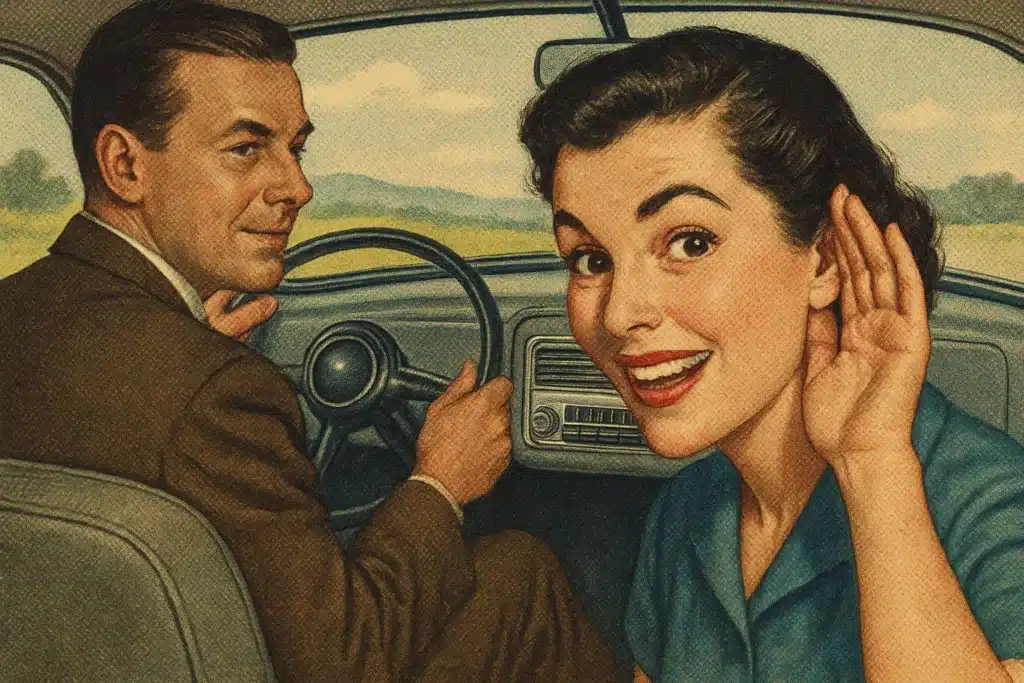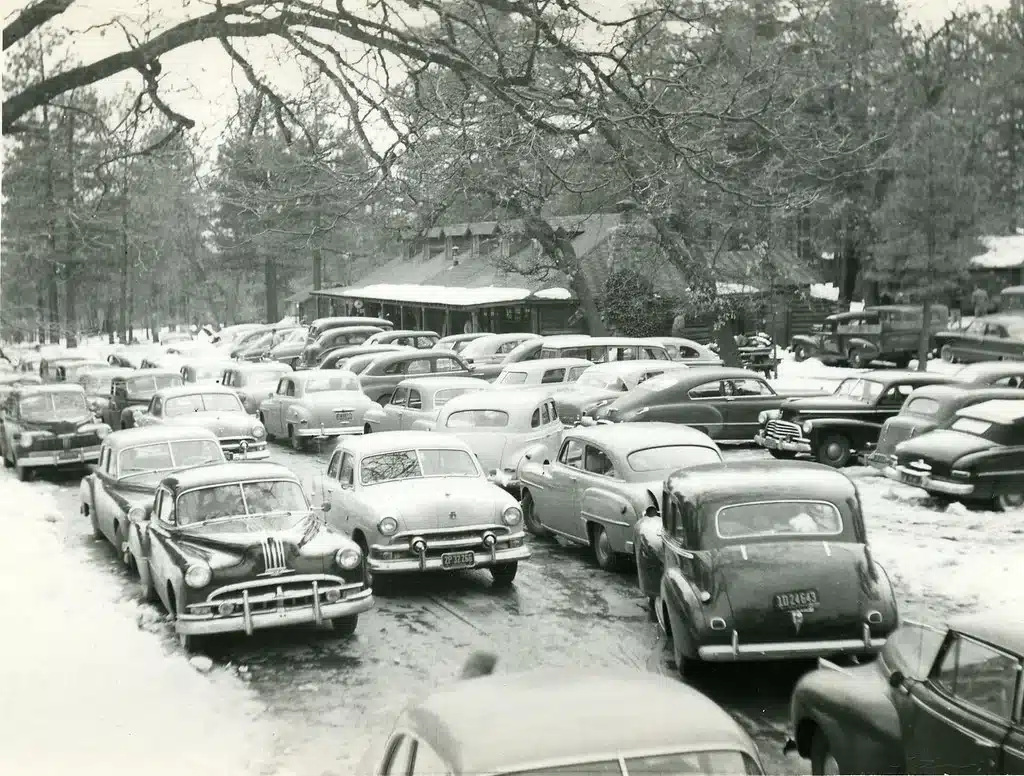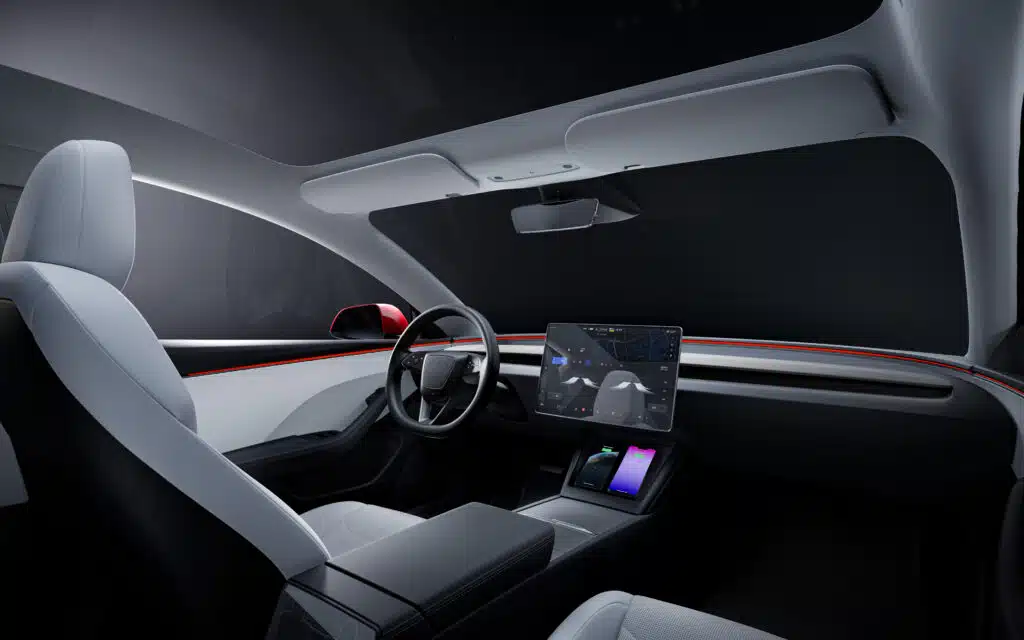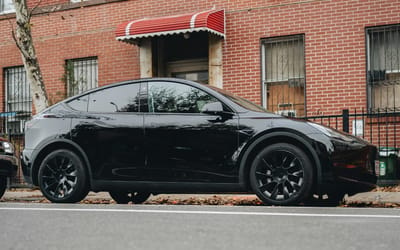America almost banned car radios in the 1930s over fears they distracted drivers
Published on Jul 22, 2025 at 12:38 AM (UTC+4)
by Callum Tokody
Last updated on Jul 22, 2025 at 3:05 PM (UTC+4)
Edited by
Tom Wood
In the 1930s, growing concern over distracted drivers led lawmakers to propose restrictions on car radios, citing risks to road safety and the need for updated driving laws.
States introduced bills aimed at limiting or penalizing in-car radio use, even though radios were not yet standard equipment.
These efforts drew immediate opposition from radio manufacturers, who argued the claims lacked evidence.
The proposals sparked a national debate over how much control governments should have over in-car technology.
VISIT SBX CARS – View live supercar auctions powered by Supercar Blondie
Distracted drivers prompted lawmakers to act
As car radios became more widely available, lawmakers in states like New York, Massachusetts, and Illinois began pushing for new regulations.
In Connecticut, one 1935 proposal would have fined drivers $50 for installing a radio, which equates to more than $800 today.
Proponents said the devices took attention away from the road and increased the likelihood of accidents.
Industry groups responded by challenging the assumption that radios were dangerous.
C.C. Colby, former president of the Radio Manufacturers Association, argued that listening to the radio required less focus than talking to passengers.

He claimed drivers could adjust the volume or station by ear, without needing to look away from the road.
Bond Geddes, an executive at the same association, said no major accident had ever been linked directly to a car radio.
To examine the issue more closely, the Princeton Radio Research Project began collecting data on media consumption and public behaviour.
In 1939, researcher Edward A. Suchman published findings that showed no clear link between car radios and crashes.

Despite this, some restrictions remained on the books, though enforcement was inconsistent and eventually faded as radios became more common.
By the end of the decade, about 30 percent of cars on US roads had radios.
While the initial panic subsided, the debate set a precedent.
It was one of the first times lawmakers had to weigh personal entertainment in vehicles against public safety.
Road safety concerns shift to new tech
The early debate over car radios helped shape how modern driving laws address distracted drivers.
Today, the focus has shifted to mobile phones and in-car touchscreens.
Nearly every US state now bans texting behind the wheel, and many restrict the use of handheld devices entirely.
These laws reflect long-standing concerns about how technology affects driver focus.
Newer vehicle systems, including dashboard-mounted touchscreens and connected infotainment platforms, have introduced similar concerns.

Lawmakers and safety agencies around the world have begun examining whether these systems pose a new kind of distraction.
As the range of in-car features continues to grow, discussions about regulation are expected to follow.
The concerns raised in the 1930s have not gone away.
The technology looks different now, but the central issue remains: how to protect road safety without falling behind the pace of innovation.
Click the star icon next to supercarblondie.com in Google Search to stay ahead of the curve on the latest and greatest supercars, hypercars, and ground-breaking technology.
DISCOVER SBX CARS: The global premium car auction platform powered by Supercar Blondie
Callum Tokody is a content writer at Supercar Blondie, where he covers the latest in the automotive world with a focus on design and performance. With a background in automotive journalism, he has contributed to a range of publications in Australia and the UK. In addition to his writing, Callum also heads up PR and communications, helping to build and strengthen partnerships within the industry. Outside of work, he’s a design enthusiast with a soft spot for anything with a V8 and a good story.




